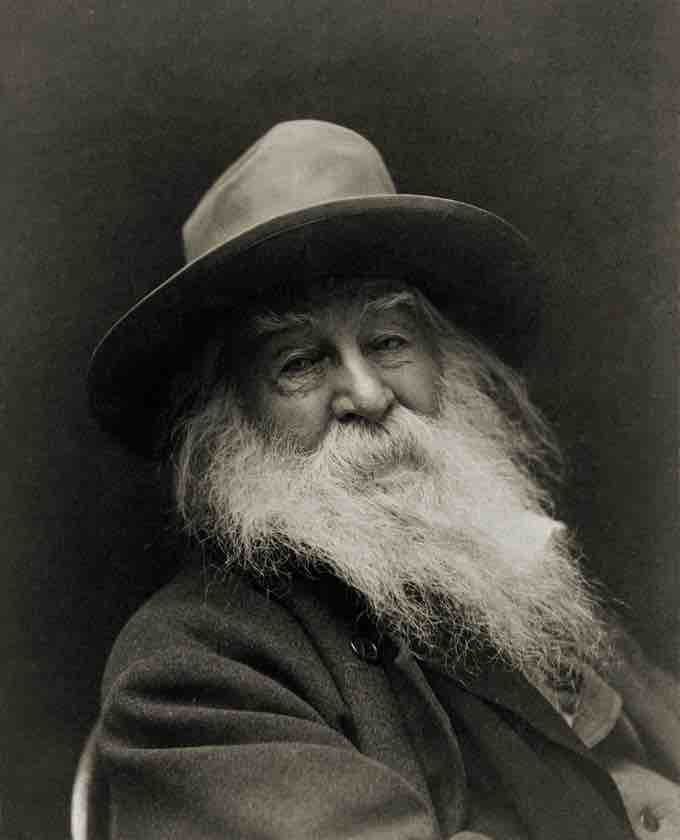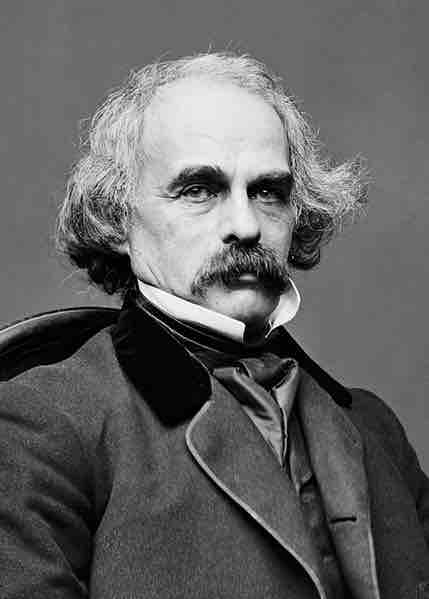The American Renaissance
During the mid-nineteenth century, many American literary masterpieces were produced. Sometimes called the "American Renaissance" (a term coined by the scholar F.O. Matthiessen), this period encompasses (approximately) the 1820s to the dawn of the Civil War, and it has been closely identified with American romanticism and transcendentalism.
Often considered a movement centered in New England, the American Renaissance was inspired in part by a new focus on humanism as a way to move from Calvinism. Literary nationalists at this time were calling for a movement that would develop a unique American literary style to distinguish American literature from British literature. The American Renaissance is characterized by renewed national self-confidence and a feeling that the United States was the heir to Greek democracy, Roman law, and Renaissance humanism. The American preoccupation with national identity (or nationalism) in this period was expressed by modernism, technology, and academic classicism, a major facet of which was literature.
Protestantism shaped the views of the vast majority of Americans in the antebellum years. Alongside the religious fervor during this time, transcendentalists advocated a more direct knowledge of the self and an emphasis on individualism. The writers and thinkers devoted to transcendentalism, as well as the reactions against it, created a trove of writings, an outpouring that became what has now been termed the "American Renaissance."
Major Literary Works
Transcendentalist Writers
Many writers were drawn to transcendentalism, and they started to express its ideas through new stories, poems, essays, and articles. The ideas of transcendentalism were able to permeate American thought and culture through a prolific print culture, which allowed the wide dissemination of magazines and journals. Ralph Waldo Emerson emerged as the leading figure of this movement. In 1836, he published “Nature,” an essay arguing that humans can find their true spirituality in nature, not in the everyday bustling working world of Jacksonian democracy and industrial transformation. In 1841, Emerson published his essay “Self-Reliance,” which urges readers to think for themselves and reject the mass conformity and mediocrity taking root in American life.
Emerson’s ideas struck a chord with a class of literate adults who also were dissatisfied with mainstream American life and searching for greater spiritual meaning. Among those attracted to Emerson’s ideas was his friend Henry David Thoreau, whom Emerson encouraged to write about his own ideas. In 1849, Emerson published his lecture “Civil Disobedience” and urged readers to refuse to support a government that was immoral. In 1854, he published Walden; or, Life in the Woods, a book about the two years he spent in a small cabin on Walden Pond near Concord, Massachusetts.
Walt Whitman also added to the transcendentalist movement, most notably with his 1855 publication of twelve poems, entitled Leaves of Grass, which celebrated the subjective experience of the individual. One of the poems, “Song of Myself,” emphasized individualism, which for Whitman, was a goal achieved by uniting the individual with all other people through a transcendent bond.

Walt Whitman, American poet and essayist
Walt Whitman was a highly influential American writer. His American epic, Leaves of Grass, celebrates the common person.
Other Writers
Some critics took issue with transcendentalism’s emphasis on rampant individualism by pointing out the destructive consequences of compulsive human behavior. Herman Melville’s novel Moby-Dick; or, The Whale emphasized the perils of individual obsession by telling the tale of Captain Ahab’s single-minded quest to kill a white whale, Moby Dick, which had destroyed Ahab’s original ship and caused him to lose one of his legs. Edgar Allan Poe, a popular author, critic, and poet, decried, “the so-called poetry of the so-called transcendentalists.” These American writers who questioned transcendentalism illustrate the underlying tension between individualism and conformity in American life. Other notable works from this time period include Nathaniel Hawthorne's The Scarlet Letter (1850) and The House of the Seven Gables (1851).

Nathaniel Hawthorne, American novelist
Hawthorne was among the foremost American writers of the era, achieving critical and popular success with novels such as The Scarlet Letter and The House of the Seven Gables.
As often happens, historians emphasize the works produced by white men during the American Renaissance, but many African Americans and women produced great literary works, too. Emily Dickinson began writing poetry in the 1830s, and Harriet Beecher Stowe’s Uncle Tom’s Cabin (1852) rose to a prominent reputation in the late 1970s. African-American literature during this time, including slave narratives by such writers as Frederick Douglass and early novels by William Wells Brown, has gained increasing recognition as well.